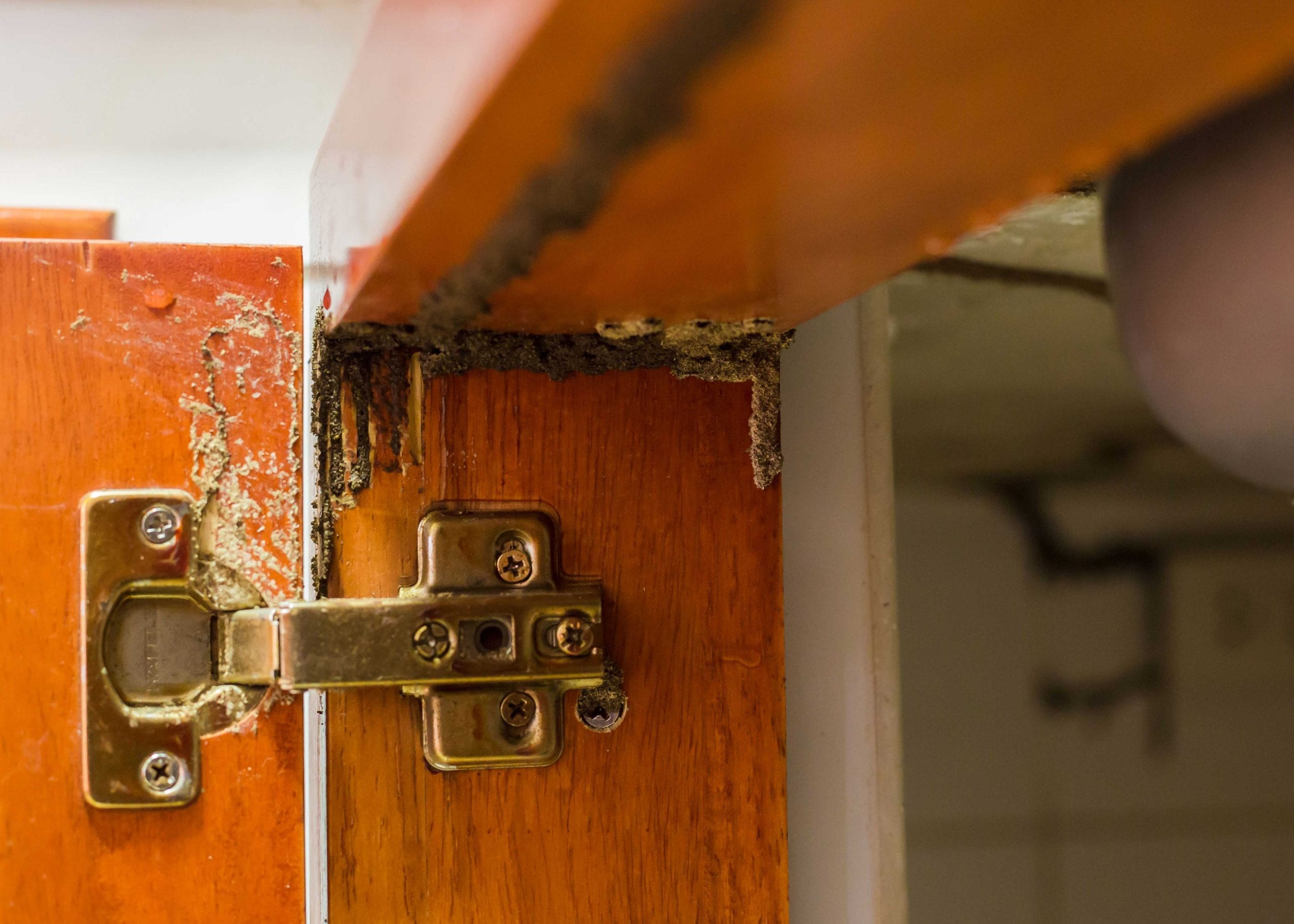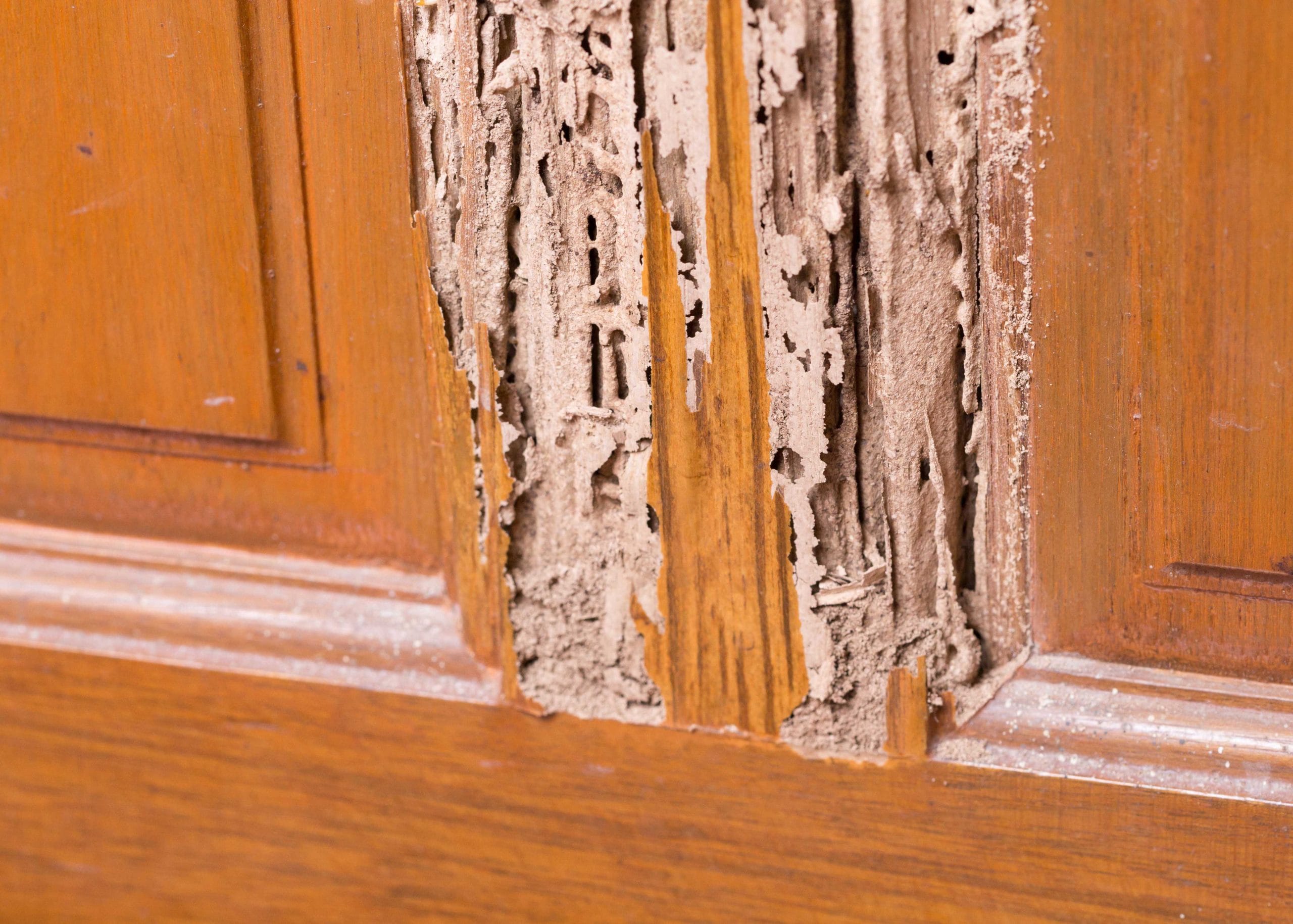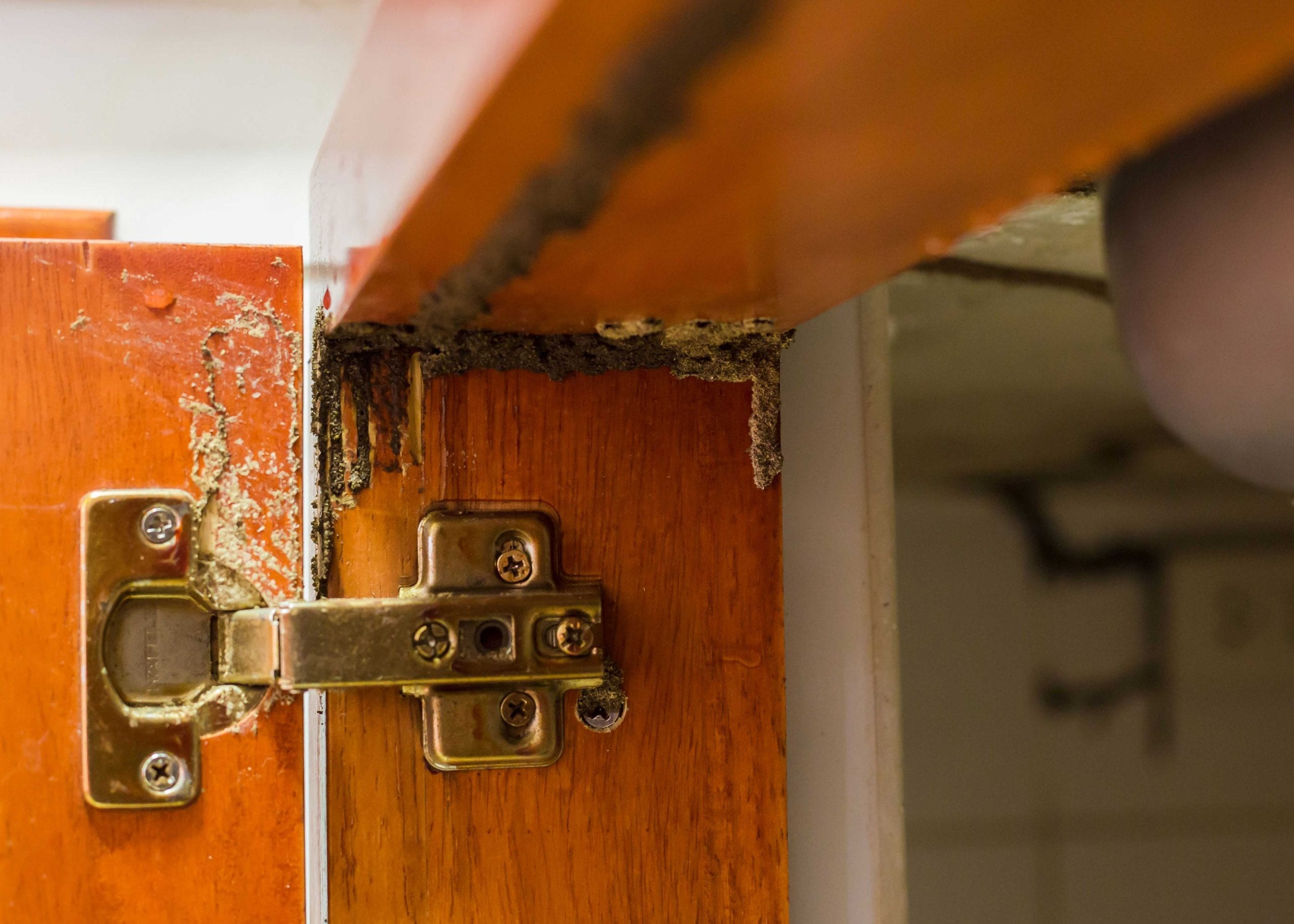Don't let termites destroy your home: protect it now with our expert help

 Recognize these warning signs of termite damage
- Presence of termite wings or bodies in your home or near wooden structures
- Hollow or damaged wood in or around your home
- Termite droppings or frass (tiny pellets) around your home or in your attic
- Buckling or sagging floors, ceilings, or walls
- Sounds of rustling or tapping coming from wooden structures in your home, especially at night
- Moisture damage or water stains on your ceiling or walls, which can indicate a termite infestation above your home
- Visible tunnels or mud tubes on the exterior of your home, which termites use to travel between their nest and food sources.

 Common termite removal services you need to know about
- Inspection: A thorough inspection of your property to assess the extent of the termite infestation.
- Baiting: Using bait stations to lure and eliminate termites from your property.
- Fumigation: The use of fumigants to treat the entire property for severe infestations.
- Chemical treatment: Applying liquid or foam termiticides to the soil around your home’s foundation or directly onto infested wood.
- Heat treatment: Using high heat to kill termites and their eggs in infested areas.
- Wood replacement: Removing and replacing any infested or damaged wood in your home to prevent further termite damage.
- Preventative treatment: Regular treatments to prevent future termite infestations.

Get a local estimate for termite removal services
Termites are a homeowner’s worst nightmare, causing extensive and costly damage to the structure of your home. If you suspect a termite infestation, don’t wait until it’s too late – contact our team of experts today for a local estimate!
Our network of professional pest control experts in St Augustine offer a range of options, from comprehensive termite inspections to total removal and prevention. Our team of termite removal experts are highly trained and experienced in identifying and treating termite infestations. Our team provides fair prices and quality service, so you can trust that your home is in good hands.
Get Your Local Estimate
Need a quick termite removal estimate?
1. Call our team or complete our estimate form to schedule a termite inspection.
Our calls and form completions are completely free to you. You will only be charged if you decide to work with one of our professional pest control service experts. Our St Augustine termite removal contractors have years of experience and are knowledgeable in identifying and treating termite infestations. You can feel confident that your home will be in great hands with one of our network professionals.
2. Connect with a local St Augustine termite removal expert.
Completing our form is a great option if you’re busy and want someone to get back to you at a later time. A call will connect you with a termite removal professional quicker. Receive your competitive estimate; often, you can receive an estimate right on the phone call, and sometimes a little more discovery is involved, and the termite removal expert might want to do some basic inspections before giving the estimate.
Find St Augustine termite removal experts near you
It’s essential to make termite removal a priority.
Protect your home from the devastating effects of termites with professional termite removal services in St Augustine. Termites can cause extensive damage to your home’s structural integrity, leading to costly repairs and maintenance in the future. Regular termite inspections and treatments are necessary to prevent and eliminate termite infestations.
Our network of professional pest control experts in St Augustine offer comprehensive termite removal options, from inspections to soil treatments, bait stations, fumigation, and preventative measures. Our experienced and knowledgeable team will diagnose any potential termite issues before they become major problems, which can save you money in the long run.
Don’t wait until it’s too late to protect your home from termites. Contact our team now to schedule a termite inspection and take the necessary steps to prevent and eliminate termite infestations. With our quality service and competitive prices, you can trust that your home is in good hands. Protect your home and your investment with professional termite removal services in St Augustine.
